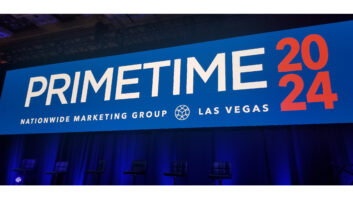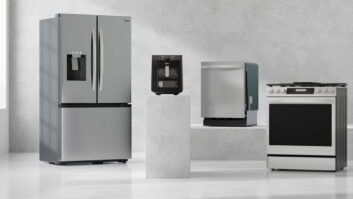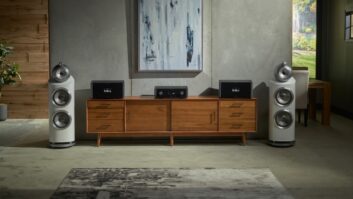Pretend you are at the dawn of creation and charged with inventing retail, specifically for clothes, coffee and consumer electronics, all of which were just invented the previous day by someone else.
You are told that:
1) Everyone will wear clothes (excluding, at first, an apple-eating couple with significant implications for the rest of us).
2) A significant majority will drink coffee.
3) Consumer electronics will be highly valued, often complicated, and will come in many forms.
Now you need to create protocols for the size and quality of staff that will sell all three.
Your boss gave you the following table to complete:
Using a 1-to-5 scale, with 1 equal to “Not Very Much” and 5 equal to “Very Much,” you must decide how much product knowledge and training will be necessary to sell each product.
As Karl Malden used to say, what will you do?
Remember, the table is meant to reflect how sales staffs should be comprised, as opposed to how they are now. Were you to fill out the “way it is today” table, would it be any different? I suspect it would.
I am always surprised and appreciative of the knowledge shown by most sales people at Nordstrom, enough that I often buy more more-expensive clothing than I assumed I would be going in. Likewise, my average purchase at Starbucks, which arguably sells one of the most commoditized products in the world at a well-above average price, is a minor marvel to me.
However, as we all know, getting consumers to buy more expensive CE stuff more often is a push, and a task that way-too-many-to-mention-here retailers have failed at. So how does Nordstrom do it? How much is there to know or say about clothes? How does Starbucks sell a midsized cup of coffee for just short of two bucks?
Given that they both manage to do so well, how can we not sell more CE products? Maybe the knowledge/training protocols outlined in the table for clothes, coffee and consumer electronics got jumbled during creation.
Retail overall is suffering, with the S&P Retail Index off roughly 30 percent from a year ago. For most, the decline parallels general economic concerns. In the case of CE, however, I believe there are inherent structural flaws in the industry that even in an improved economic climate would restrain growth. Fix those and the CE category could well beat the index.
Easy to say, hard to do, right? Of course, but I also believe a new beginning lies in the admittedly facetious table above. Make the numbers as high as you want for both clothes and coffee, but however high they are, they must be higher still for CE given the complexity and capability of the industry’s products. If we do, that there is no limit to how big the consumer electronics industry can become.













